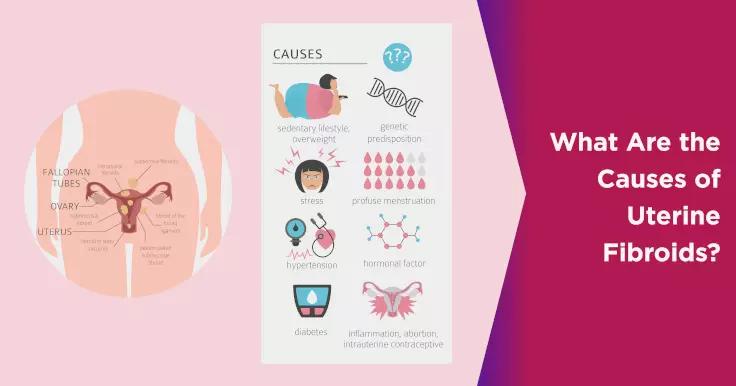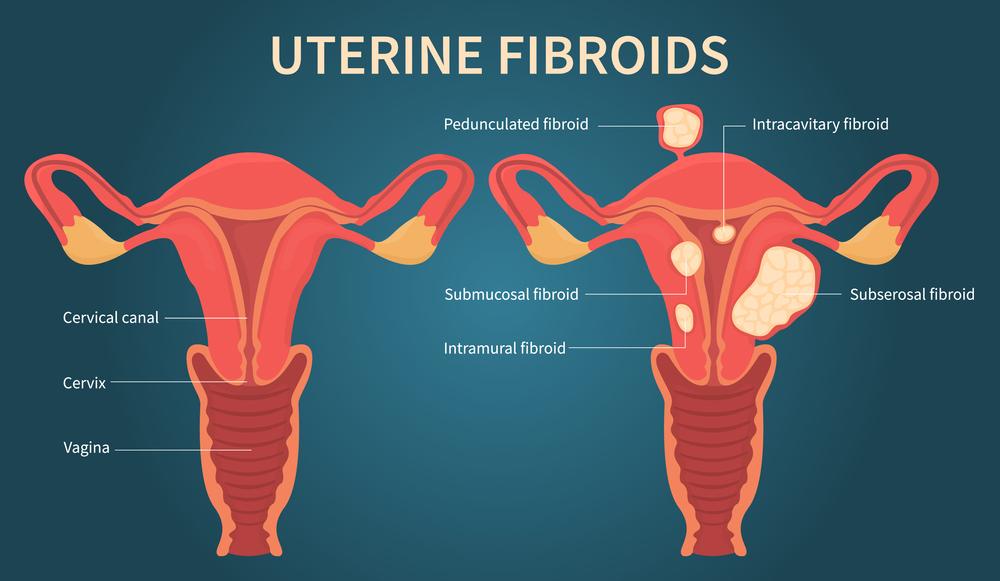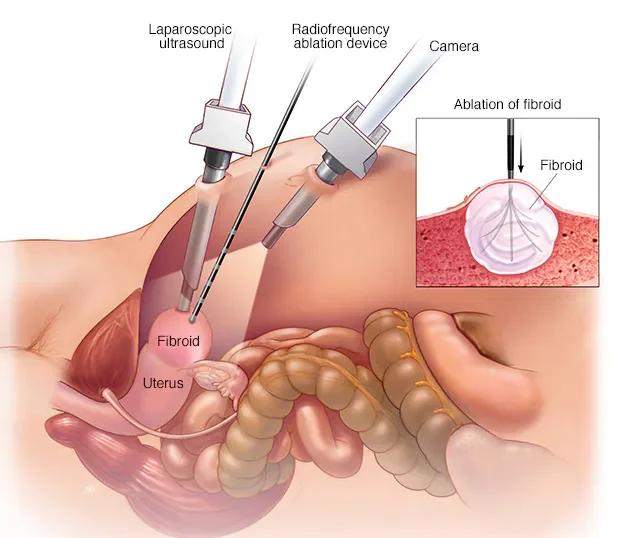


Uterine fibroids are non-cancerous growths that develop in or on the uterus, often during a woman's reproductive years. They vary in size and can be single or multiple. While many fibroids cause no symptoms, some women may experience heavy menstrual bleeding, prolonged periods, pelvic pain, frequent urination, and discomfort during intercourse. The exact cause is unknown, but hormonal and genetic factors are thought to play a role. Treatment options depend on the severity of symptoms and may include medications, minimally invasive procedures like uterine artery embolization, or surgery, such as myomectomy to remove the fibroids or hysterectomy to remove the uterus.

Symptoms of uterine fibroids can vary widely and may include:
If you're experiencing any of these symptoms, consulting with uterine fibroids specialists is crucial. They can accurately diagnose your condition and recommend the most appropriate uterine fibroid treatment plan.

The exact cause of uterine fibroids is unknown. However, several factors may contribute to their development, including:

Treatment for uterine fibroids depends on the severity of symptoms, the size and location of the fibroids, and the patient's age and desire to have children.

Don't let uterine fibroids impact your quality of life. Seek guidance from experienced uterine fibroids specialists and explore the range of available uterine fibroid treatment options.

I am Arpit Bansal, a doctor, specialized in advanced laparoscopic, cancer, and laser surgery. With a Fellowship from the UK, i am future-ready for robotic surgeries. I have trained under some of the finest surgeons in India.
Uterine fibroids can cause various symptoms, including heavy menstrual bleeding, pelvic pain, frequent urination, constipation, and lower back pain. Some women may not experience any symptoms at all.
There are several types of uterine fibroid surgery, including: 1. Hysterectomy: Surgical removal of the uterus. 2. Myomectomy: Surgical removal of fibroids while preserving the uterus. 3. Uterine Artery Embolization (UAE): A minimally invasive procedure that blocks blood flow to fibroids, causing them to shrink. 4. Endometrial Ablation: A procedure that destroys the lining of the uterus to reduce heavy bleeding.
Non-surgical treatments for uterine fibroids often focus on managing symptoms. These may include medications like hormonal therapy to shrink fibroids or pain relievers to ease discomfort. Additionally, lifestyle changes such as a healthy diet and regular exercise can help alleviate symptoms.
To manage uterine fibroids, consider reducing intake of red meat, processed foods, and sugary drinks. Prioritize a diet rich in fruits, vegetables, whole grains, and lean proteins. Consult your doctor for personalized dietary advice.
Usually, a biopsy is not necessary to diagnose uterine fibroids. Doctors can often diagnose them through a pelvic exam, ultrasound, or MRI scan. However, in rare cases, a biopsy may be needed to rule out other conditions.